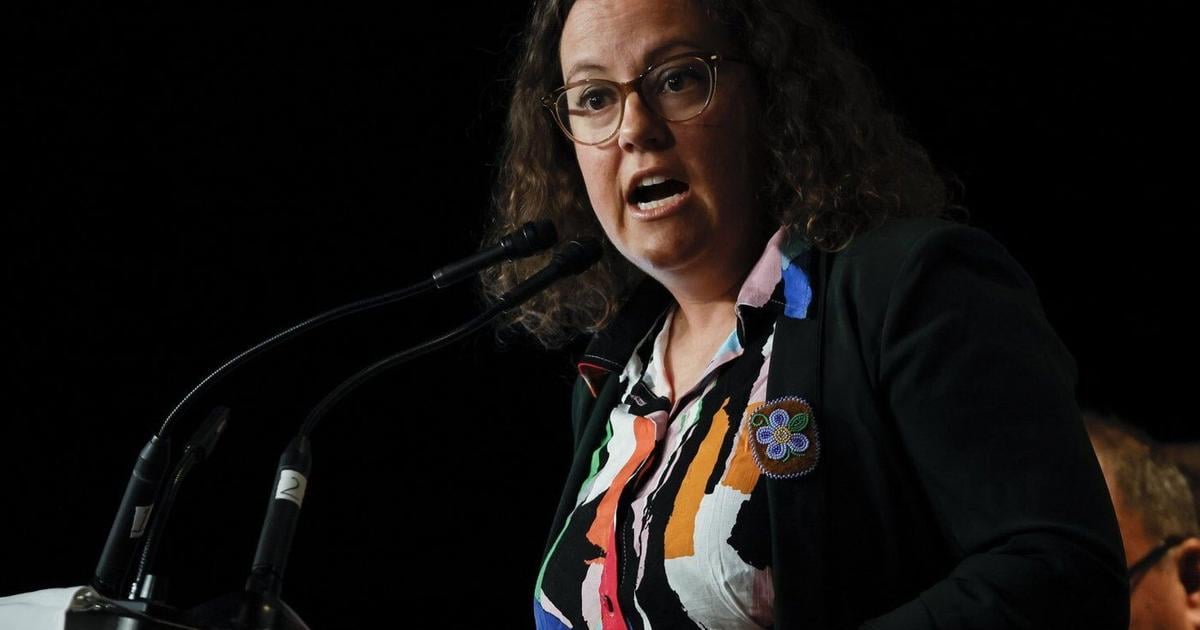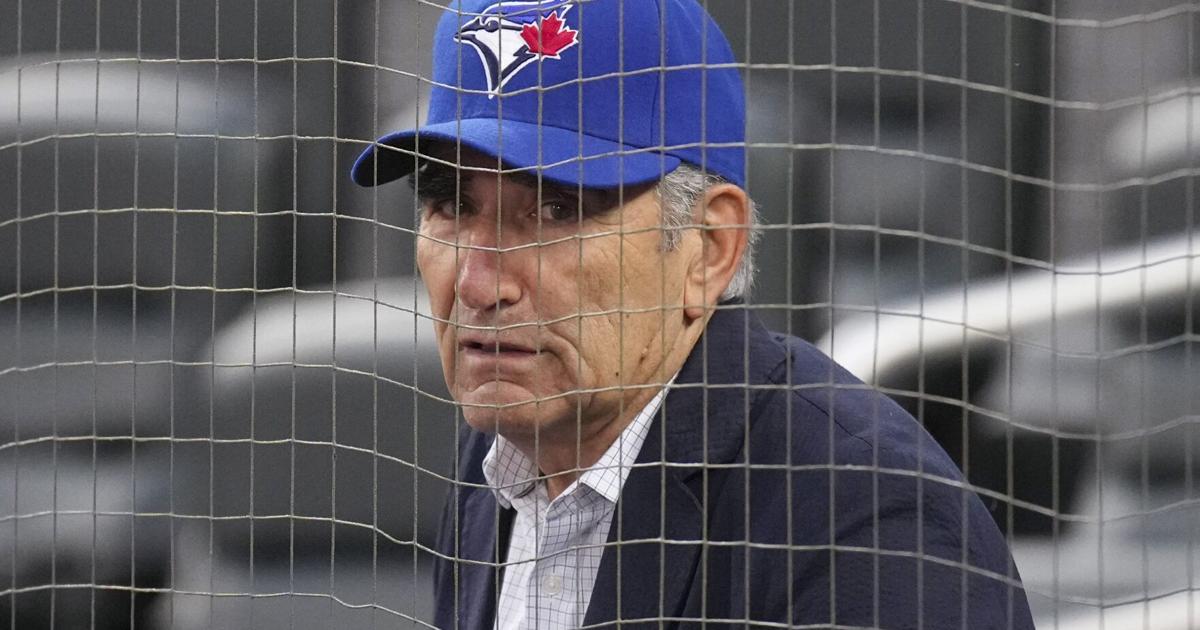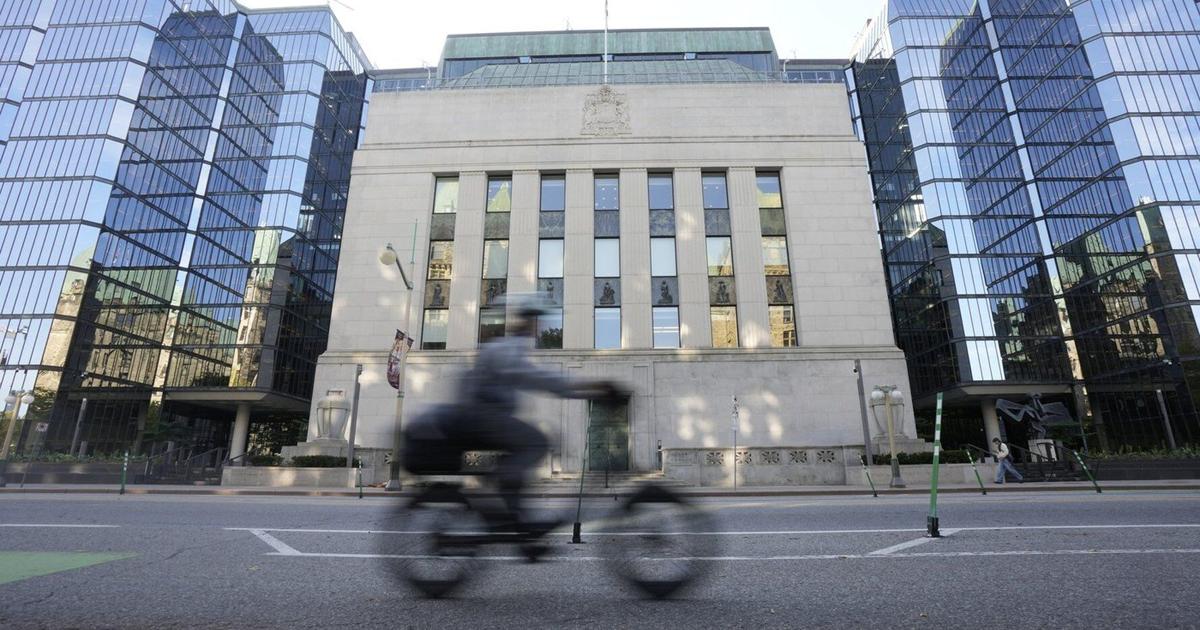OTTAWA – The federal government has lost track of more than 130 Indigenous artworks and risks losing the trust of Indigenous artists if it doesn’t take better care of its collection, an internal audit found last year.
The report, dated November 2024, was posted earlier this month on the Crown-Indigenous Relations and Northern Affairs Canada website. It tracked the operations of the department’s Indigenous Art Centre from April 2019 to August 2024.
The audit noted the Indigenous Art Centre’s collection — first established by the federal government in 1965 to protect, preserve and promote Indigenous art — consists of more than 5,000 artworks from First Nations, Métis and Inuit artists.
The collection, which is valued at roughly $14.4 million, includes works from such renowned artists as Christi Belcourt, Elisapee Ishulutaq, Kent Monkman and Norval Morrisseau. The audit does not say how much the mislaid artworks are worth.
Lori Beavis is co-chair of the Indigenous Curatorial Collective and executive director of Daphne, a Montreal-based non-profit that supports Indigenous artists. She called the audit’s results both “disturbing and not hugely surprising” and said the federal government should come clean on which artworks it mislaid.
She said she has heard rumblings in the art world about how the Indigenous Arts Centre has tried to locate missing works in the past.
“There’s always sort of a sense of fun that came through the stories about that — searching high and low and all that sort of thing,” Beavis said.
“You can sort of understand how they can lose track (of artworks) and I don’t think it’s necessarily a new thing either.”
In a statement, a spokesperson for Crown-Indigenous Relations Minister Rebecca Alty said the majority of the missing pieces were loaned to government offices in the 1980s for display purposes.
“In several cases, duplicate records were discovered, and some artworks have since been located. It has also been determined that many of the items identified as missing were reproductions, rather than original artworks,” Alec Wilson said.
He did not specify how many were reproductions, what artworks are unaccounted for and how many have been recovered.
“Maintaining trust with Indigenous artists and communities requires the highest standards of care and stewardship. For that reason, the department has accepted all of the auditor’s recommendations and implemented additional measures to improve record-keeping and collection management practices.”
The Indigenous Art Centre began relocating its collection in 2022 to temporary private sector storage facilities while the former storage site was undergoing renovations.
The audit said the collection faced “key risks” to its security during and after the relocation and warned of an “increased risk of theft and security breaches.”
“Mishandling of culturally important art pieces held within the collection poses a reputational risk and could adversely impact the department’s relationship with Indigenous stakeholders,” the audit said.
The audit said the 132 mislaid artworks include an unspecified number of pieces that haven’t been found even though the department has a list of their last known locations.
“Up-to-date policy instruments with clear roles and responsibilities for implementing requirements for the protection, preservation, and promotion of the collection are essential for ensuring that the department fulfils its mandate to oversee the development and maintenance of Indigenous art held in its care,” the audit says.
“Failing to fulfil key requirements can erode trust bestowed upon it by Indigenous artists and also negatively impact the collection’s designated status through the (Canadian Heritage) Movable Cultural Property Program.”
The audit report called on the department to keep better records and improve monitoring and oversight processes for employees tasked with managing the collection.
Conservative MP Jamie Schmale, who serves as his party’s critic of Crown-Indigenous relations, said he was shocked when reading the audit, and that so many artworks could have gone missing.
“They seemed dumbfounded to the fact they were actually missing certain pieces,” Schmale said in an interview with The Canadian Press.
“They continue to buy art, but aren’t really sure if it sticks around or not. And that’s pretty important considering they are buying potentially historic pieces of Indigenous culture and heritage. We should give it the respect it deserves.”
He said he finds it “unusual” security was seemingly lax at the facilities housing the art, and that the same treatment wouldn’t be given to works from non-Indigenous artists.
“I’m sure if a Group of Seven piece of art is hung in a government office, there are people that would know where that is and be expecting it to be returned at some point.”
He said he’s hoping Alty will testify at the House of Commons Indigenous affairs committee to explain the situation, and that if theft is involved, those responsible are held accountable.
Alty’s office said the pieces are considered missing, not stolen, and that there is no evidence of wrongdoing.
Beavis said having one’s work acquired for the Indigenous Art Centre is a vote of confidence and it’s disheartening to think that some works may be permanently lost.
“It’s known worldwide,” she said. “It’s a collection that’s unique to Canada.”
This report by The Canadian Press was first published Oct. 27, 2025.
Error! Sorry, there was an error processing your request.
There was a problem with the recaptcha. Please try again.
You may unsubscribe at any time. By signing up, you agree to our terms of use and privacy policy. This site is protected by reCAPTCHA and the Google privacy policy and terms of service apply.
Want more of the latest from us? Sign up for more at our newsletter page.



